
Der Stahlhelm, Bund der Frontsoldaten, commonly known as Der Stahlhelm, was a German First World War veteran's organisation existing from 1918 to 1935. In the late days of the Weimar Republic, it was closely affiliated to the monarchist German National People's Party (DNVP), placed at party gatherings in the position of armed security guards.
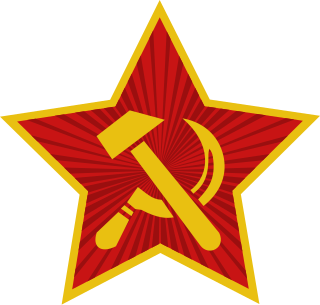
The Communist Party of Germany was a major far-left political party in the Weimar Republic during the interwar period, an underground resistance movement in Nazi Germany, and a minor party in West Germany during the postwar period until it was banned by the Federal Constitutional Court in 1956.

Otto Braun was a politician of the Social Democratic Party of Germany (SPD) during the Weimar Republic. From 1920 to 1932, with only two brief interruptions, Braun was Minister President of the Free State of Prussia. The continuity of personnel in high office resulted in a largely stable government in Prussia, in contrast to the sometimes turbulent politics of the Reich. During his term of office, Prussia's public administration was reorganized along democratic lines. He replaced many monarchist officials with supporters of the Weimar Republic, strengthened and democratized the Prussian police, and made attempts to fight the rise of the Nazi Party.
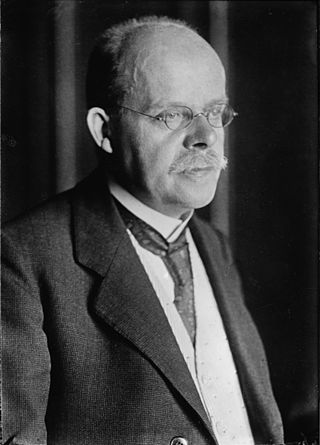
Wilhelm Marx was a German judge, politician and member of the Catholic Centre Party. During the Weimar Republic he was the chancellor of Germany twice, from 1923–1925 and 1926–1928, and served briefly as the minister president of Prussia in 1925. With a total of 3 years and 73 days, he was the longest-serving chancellor during the Weimar Republic.
In the fourteen years the Weimar Republic was in existence, some forty parties were represented in the Reichstag. This fragmentation of political power was in part due to the use of a peculiar proportional representation electoral system that encouraged regional or small special interest parties and in part due to the many challenges facing the nascent German democracy in this period.

Theodor Duesterberg was a leader of Der Stahlhelm in Germany prior to the Nazi seizure of power.

Presidential elections were held in Germany on 29 March 1925, with a runoff on 26 April. They were the first direct elections to the office of President of the Reich, Germany's head of state during the 1919–33 Weimar Republic. The first President, Friedrich Ebert, who had died on 28 February 1925, had been elected indirectly, by the National Assembly, but the Weimar Constitution required that his successor be elected by the "whole German people". Paul von Hindenburg was elected as the second president of Germany in the second round of voting.

Federal elections were held in Germany on 5 March 1933, after the Nazi seizure of power on 30 January 1933 and just six days after the Reichstag fire. The election saw Nazi stormtroopers unleash a widespread campaign of violence against the Communist Party (KPD), left-wingers, trade unionists, the Social Democratic Party, and the Centre Party. They were the last multi-party all-German elections until 1990.

Federal elections were held in Germany on 31 July 1932, following the premature dissolution of the Reichstag. The Nazi Party made significant gains and became the largest party in the Reichstag for the first time, although they failed to win a majority. The Communist Party increased their vote share as well. All other parties combined held less than half the seats in the Reichstag, meaning no majority coalition government could be formed without including at least one of these two parties.

The Free State of Prussia was one of the constituent states of Germany from 1918 to 1947. The successor to the Kingdom of Prussia after the defeat of the German Empire in World War I, it continued to be the dominant state in Germany during the Weimar Republic, as it had been during the empire, even though most of Germany's post-war territorial losses in Europe had come from its lands. It was home to the federal capital Berlin and had 62% of Germany's territory and 61% of its population. Prussia changed from the authoritarian state it had been in the past and became a parliamentary democracy under its 1920 constitution. During the Weimar period it was governed almost entirely by pro-democratic parties and proved more politically stable than the Republic itself. With only brief interruptions, the Social Democratic Party (SPD) provided the Minister President. Its Ministers of the Interior, also from the SPD, pushed republican reform of the administration and police, with the result that Prussia was considered a bulwark of democracy within the Weimar Republic.
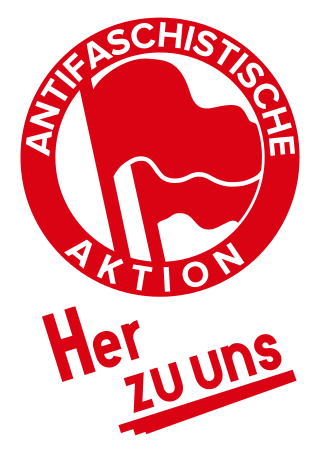
Antifaschistische Aktion was a militant anti-fascist organisation in the Weimar Republic started by members of the Communist Party of Germany (KPD) that existed from 1932 to 1933. It was primarily active as a KPD campaign during the July 1932 German federal election and the November 1932 German federal election and was described by the KPD as a "red united front under the leadership of the only anti-fascist party, the KPD."
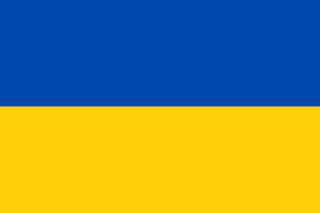
The Free State of Brunswick was a state of the German Reich in the time of the Weimar Republic. It was formed after the abolition of the Duchy of Brunswick in the course of the German Revolution of 1918–19. Its capital was Braunschweig (Brunswick). In 1933 it was de facto abolished by Nazi Germany. The free state was disestablished after the Second World War in 1946.

Carl Wilhelm Severing was a German union organizer and Social Democratic politician during the German Empire, Weimar Republic and the early post-World War II years in West Germany. He served as a Reichstag member and as interior minister in both Prussia and at the Reich level where he fought against the rise of extremism on both the left and the right. He remained in Germany during the Third Reich but had only minimal influence on reshaping the Social Democratic Party after World War II.

The Expropriation of the Princes was the proposed seizure of the dynastic properties of the former ruling houses of the German Empire during the period of the Weimar Republic. The princes had been deposed in the German Revolution of 1918–19. Dispute over the proposed expropriation began in the months of revolution and continued in the following years in the form of negotiations or litigation between individual royal houses and the states (Länder) of the German Reich. The climactic points of the conflict were a successful petition for a referendum in the first half of 1926, followed by the actual referendum for expropriation without compensation, which failed.
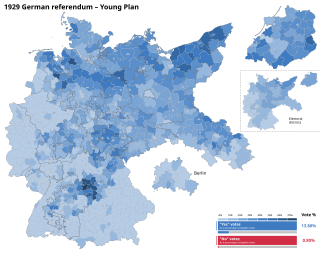
The 1929 German Referendum was an attempt during the Weimar Republic to use popular legislation to annul the agreement in the Young Plan between the German government and the World War I opponents of the German Reich regarding the amount and conditions of reparations payments. The referendum was the result of the initiative "Against the Enslavement of the German People " launched in 1929 by right-wing parties and organizations. It called for an overall revision of the Treaty of Versailles and stipulated that government officials who accepted new reparation obligations would be committing treason.
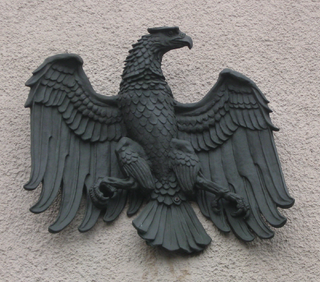
The Prussian Constitution of 1920 formed the legal framework for the Free State of Prussia, a constituent state of the Weimar Republic, from 1918 to 1947. It was based on democratic parliamentary principles and replaced the Constitution of 1848/50. During the National Socialist era, it was eroded to the point of irrelevance and following World War II lost legal force when the state of Prussia was abolished by the Allies in 1947.

The Fehrenbach cabinet, headed by Chancellor Constantin Fehrenbach of the Centre Party, was the fourth democratically elected government of the Weimar Republic. It took office on 25 June 1920 when it replaced the first cabinet of Hermann Müller, which had resigned due to the poor showing of the coalition parties in the June 1920 elections to the new Reichstag. The 1920 Reichstag replaced the Weimar National Assembly, which had served as Germany's interim parliament and written and approved the Weimar Constitution.

The third Marx cabinet, headed by Wilhelm Marx of the Centre Party, was the 14th democratically elected government during the Weimar Republic. On 17 May 1926 it replaced the second Luther cabinet after the resignation of Chancellor Hans Luther (independent) four days earlier. The Reichstag had passed a vote of censure against him for supporting a decree that permitted flying a German trade flag with the colours of the former German Empire in certain mostly overseas locations. The new Marx cabinet was a four-party centrist minority government.

State elections were held in the Free State of Prussia on 24 April 1932 to elect all 423 members of the Landtag of Prussia. They were the last free election in Prussia, as the next election in 1933 took place under the Nazi regime, and Prussia was then abolished after World War II.
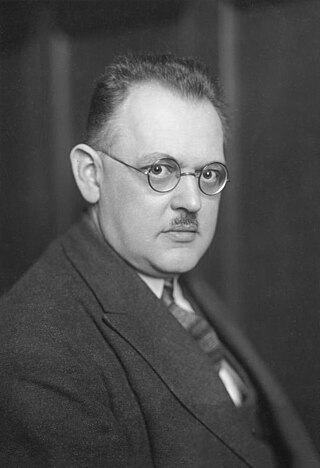
The second Müller cabinet, headed by Hermann Müller of the Social Democratic Party (SPD), was the sixteenth democratically elected government during the Weimar Republic. It took office on 28 June 1928 when it replaced the fourth Marx cabinet, which had resigned on 12 June after failing to pass a promised school law.



















